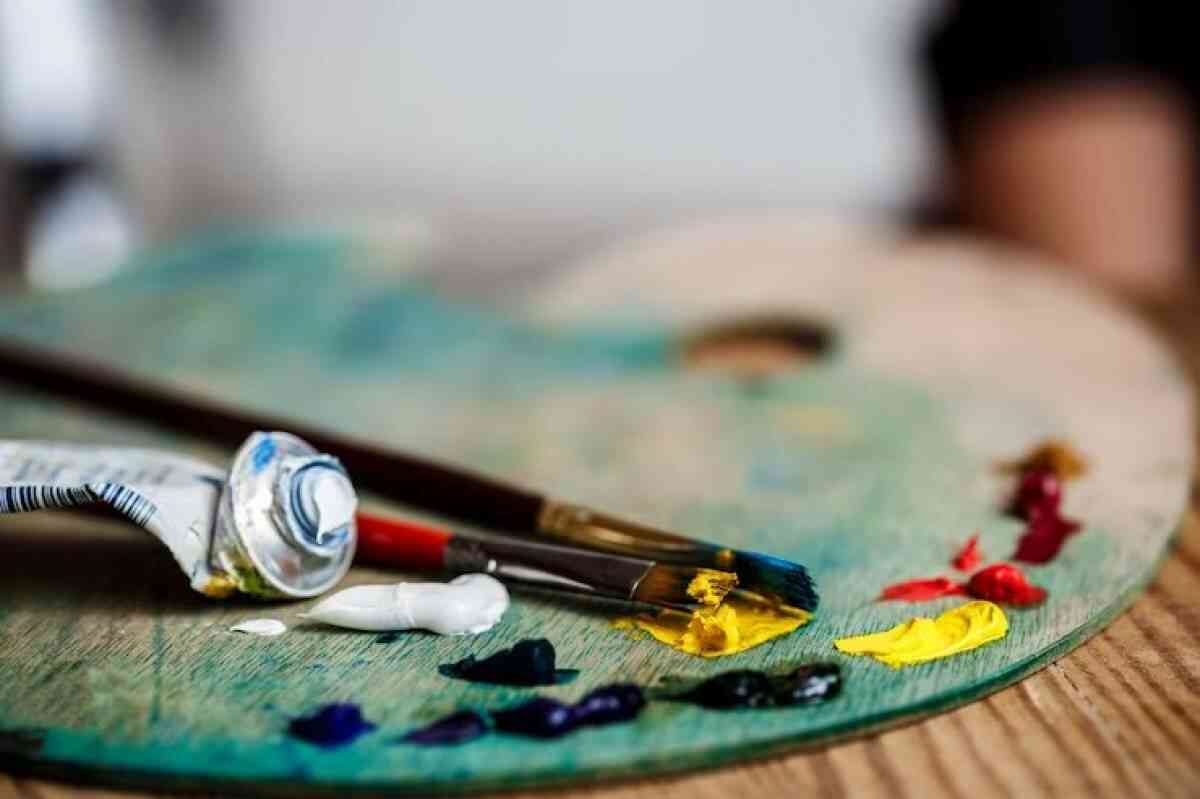Astonishing Pros About Art Therapy
- - Category: Visual Art
- - 30 May, 2023
- - Views: 248
- Save

The utilization of creative activities in rehabilitation and therapy, such as clay modeling and painting is known as art
The utilization of creative activities in rehabilitation and therapy, such as clay modeling and painting is known as art therapy. Making art is seen to be therapeutic, offering the chance to express oneself creatively, honestly, and spontaneously. Over time, this process can result in personal fulfilment, emotional healing, and transformation. In order to produce good changes, growth, and rehabilitation, the products created in art therapy are considered a means of symbolic communication as well as a tool for forming new perceptions, settling disputes, and addressing difficulties.
It is necessary to note that according to the American Art Therapy Association, art therapy is a profession that integrates mental health and human services and offers assistance to people in a psychotherapy environment through active art-making and creative processes. The benefits of art therapy include a reduction in conflicts and distress, enhancement of cognitive abilities, promotion of self-esteem, and development of social and emotional competence. According to the organization, it interacts with the mind, body, and spirit in ways that verbal communication does not. These are very useful for children and adults who do not communicate their feelings verbally and could use such spaces to communicate how they feel.
Art therapy is about finding healing via the creative process, not the finished product. Numerous advantages of art and art therapy for both physical and mental health have been discovered via research. For instance, a study of cancer patients found that guided, creative art therapy activities lasting four hours increased participants’ psychological well-being by reducing negative feelings and enhancing positive ones.
In a study (Suzanne et al., 2020) Patients with personality disorders indicated that they benefited significantly from art therapy. This was primarily demonstrated by the ability to express emotions, reinforce and stabilize one’s self-image, learn to make one’s own decisions and increase one’s autonomy, and recognize, develop an awareness of, and alter one’s own thoughts, feeling, and behavior patterns. A key objective of treatment, in their view, should be teaching patients how to deal with their own limits and vulnerabilities.
Diane Waller (2006) found that a child may be able to explore and express emotions via art created in the secure environment of the art therapy room. The child transfers “difficult” feelings into the object rather than acting them out. The therapist can then be informed of this. Strong emotions can be “contained” in the art, which also serves as a channel of communication between the kid and the art therapist. Some art therapists emphasize the play and physical enjoyment aspects of art therapy because they feel that a child’s psychological development will benefit from as much creative expression as possible.
There are clinicians and art therapists who provide care to patients of all ages in a variety of practice settings, including hospitals, schools, private practices, psychiatric and rehabilitation centers, and crisis centers. The gravity of the impact that art therapy can have on vulnerable individuals is yet to be recognized across the world and has only gained recognition recently.
One should consider including some art activities in their day, whether one needs to manage daily stress or is dealing with a mental health issue. Art therapy has shown a major impact in improving one’s mood and overall well-being. Talk to your therapist about considering art therapy and explore which art therapy works for you.
– Urveez Kakalia and Krupa Abraham.


